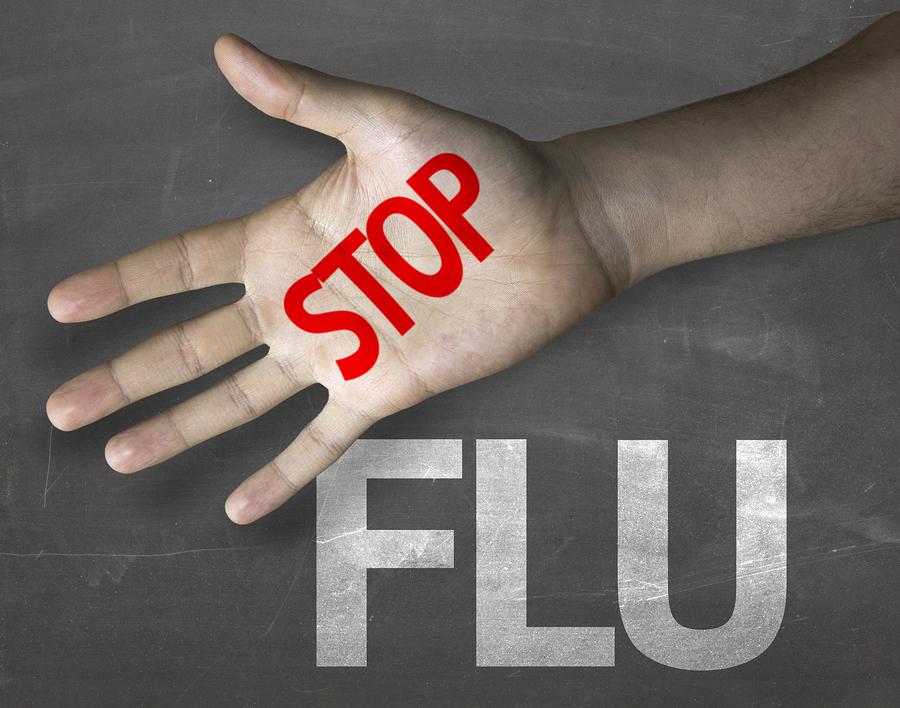We’ve all heard the old saying, “You’re only as old as you feel.” Turns out, it might be true—at least according to a new study out of University College London that suggests people who feel younger than their actual age live longer than those who feel their actual age or older.
Published in the journal JAMA Internal Medicine, the study involved analysis of data from a previous study on aging and included details for more than 6,000 adults who were at least 52 years old. In 2004, these adults answered a question about how old they felt. At that time, more than 66 percent of them felt at least three years younger than their real age. A little over 25 percent felt their real age, and less than 5 percent felt older than their real age.
Looking forward to the data gathered on these individuals in 2013, the researchers found that 14 percent of those who felt younger back in 2004 had since died. However, 19 percent of those who felt their age had passed on, as had 25 percent of those who felt older than their actual years.
One might assume this difference was due to the people who felt older actually being sicker and at greater risk of dying. However, when the researchers accounted for pre-existing health conditions—such as cancer, heart disease, diabetes and stroke—the relationship between perceived age and longevity remained strong.
What does this study mean for you? Well, you already know that exercising and adopting a lifestyle that reduces your chances of developing cancer, heart disease and diabetes is important if you want to live a long and healthy life. But the results of this study illustrate that your attitude towards aging also plays a role. Consider the following simple tips to help you feel younger today:
- Go to bed earlier. Your body can only truly restore itself while it’s at rest. Sleep less than seven hours a night and you’ll feel foggy and cranky rather than young.
- Eat more leafy greens. Studies have shown that consuming two or more servings of leafy greens every day—such as spinach, chard and kale—can give you the mental focus you had five years ago.
- Snack on almonds. Inflammation plays a role in a multitude of age-related issues from wrinkles and arthritis to heart disease. Fortunately, studies have found that almonds—that are rich in free-radical fighting flavonoids—reduce inflammation. Try for 24 almonds (or about 1 ounce) a day.
- Volunteer your time. Studies have shown that older adults who volunteer in their communities experience both mental and physical health benefits.
- Learn something new. Keep your mind active and you’ll always feel younger than your years. You can find free classes online and at local community centers where you can learn everything from a foreign language to the latest dance steps.
While these tips can help you feel younger for longer, no one lives forever. If you’d like to make sure your loved ones are taken care of when that time comes, give us a call to discuss life insurance options.








